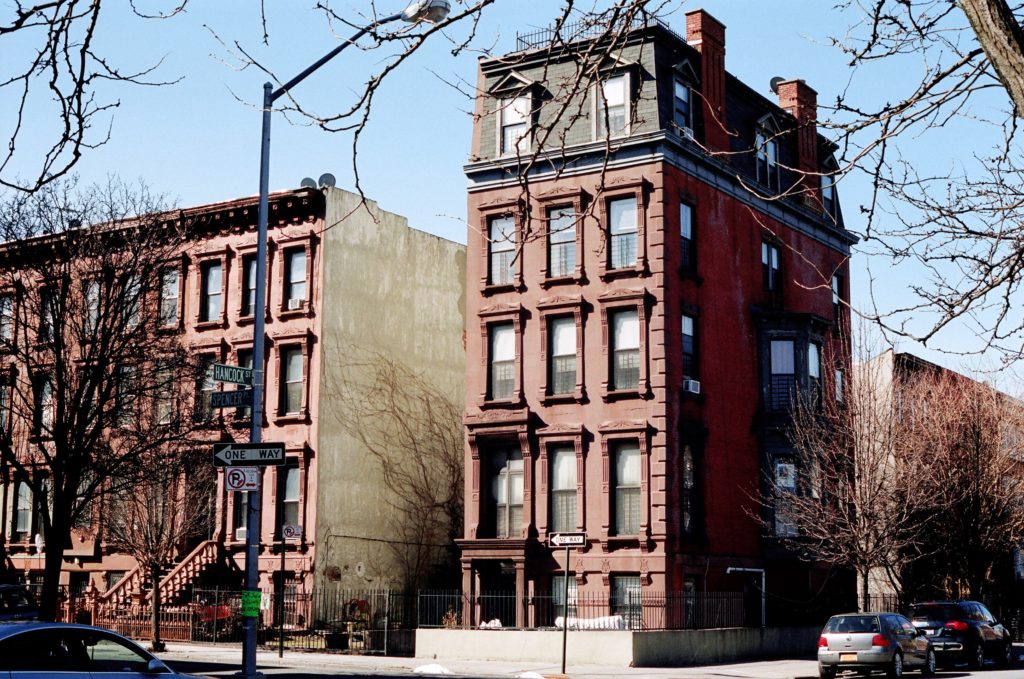Unless you somehow find an outstanding deal on rent, there is a good chance that housing is likely your biggest monthly expense. Depending on where you live, you could be spending from a few hundred to a few thousand on rent every single month.
However, it is likely not your only expense. As a result, you cannot spend whatever you want on rent. You also need to pay for groceries, internet, phone, insurance, and more. If you have an income that falls a little on the low side, that is a lot of money to spend on bill, which can make life a little bit tough.
So how much should you be spending on rent every month? While the exact number will be different for everyone, it is generally recommended to spend less than 30% of your take home pay on rent. This includes your utilities, as well. This arbitrary number is one that the government has been using for decades, and anyone who spends more than that 30% was said to be “cost burdened”.

If that is the case, then a very high number of Americans are cost burdened. It is thought that over 10 million Americans spend more than half their income on rent, which is simply not a good idea or sustainable at all. And with rent prices on the rise in many parts of the country, soon it might become the norm for most Americans to become “cost burdened” or even “severely cost burdened”, which means you spend over 50% of your income on rent.
So why is spending more than 30% of your net income generally seen as a bad idea? Well, the biggest reason is because it simply doesn’t allow you a lot of room to spend on other things. See, rent is only one of numerous different costs that people incur every month. If you spend most of what you make on rent, how can you expect to afford other things like groceries, gas for your car, a cell phone, subscriptions, etc.
Not only that, but if you manage to afford all of those things, the amount you will be able to save will be limited. And when you are unable to keep your savings and/or an emergency fund beefed up, you won’t be prepared for an unfortunate emergency that might take place such as an injury or car troubles.
This could lead to having to take out loans to cover the cost of these unforeseen emergencies, which can dig you into an even deeper financial hole, one that could potentially take you years to dig yourself out from.
Also, while the 30% number is a goal for many people, if you want to retire early or you have some lofty goals when it comes to saving, you will likely need to spend significantly less.
While no financial rule is set in stone, and the actual amount you spend will differ depending on your debts and income, the 30% rule is a good one to follow if you require some sort of a guideline. For example, if you have no other debts and lower-than-normal bills, you can probably get away with spending a little bit more on rent than 30%. But if you have a lot of other debts, spending even 30% on your rent each month might be too much.
In addition to the “30% rule”, there is another guideline or rule that had become popular recently, with the same goal of helping you spend less on rent and other expenses. It is called the “50/30/20 rule or budget”. Using this rule, you should spend 50% on housing, utilities, groceries and other recurring costs, 30% on non-essentials and wants like shopping, eating out and more, and the final 20% should be spent on saving or paying off debts.
However, no matter what method you go with (or if you don’t go with one at all), it is important to budget effectively and only spend what you can afford for your rent. Sure, you might see a great place that you would love to live in, but if it doesn’t fit in your budget, you shouldn’t do it. Sticking with your budget is very important and will ensure you won’t be struggling for cash each and every month.
In conclusion, spending more than 30% of your take home income is generally a bad idea and hopefully this article has helped you see why. If you are curious about how much money you can afford for rent based on what you make, use our rent calculator! The calculator is set to help you figure out how much to spend on rent based on your income and other factors you might want to include.




